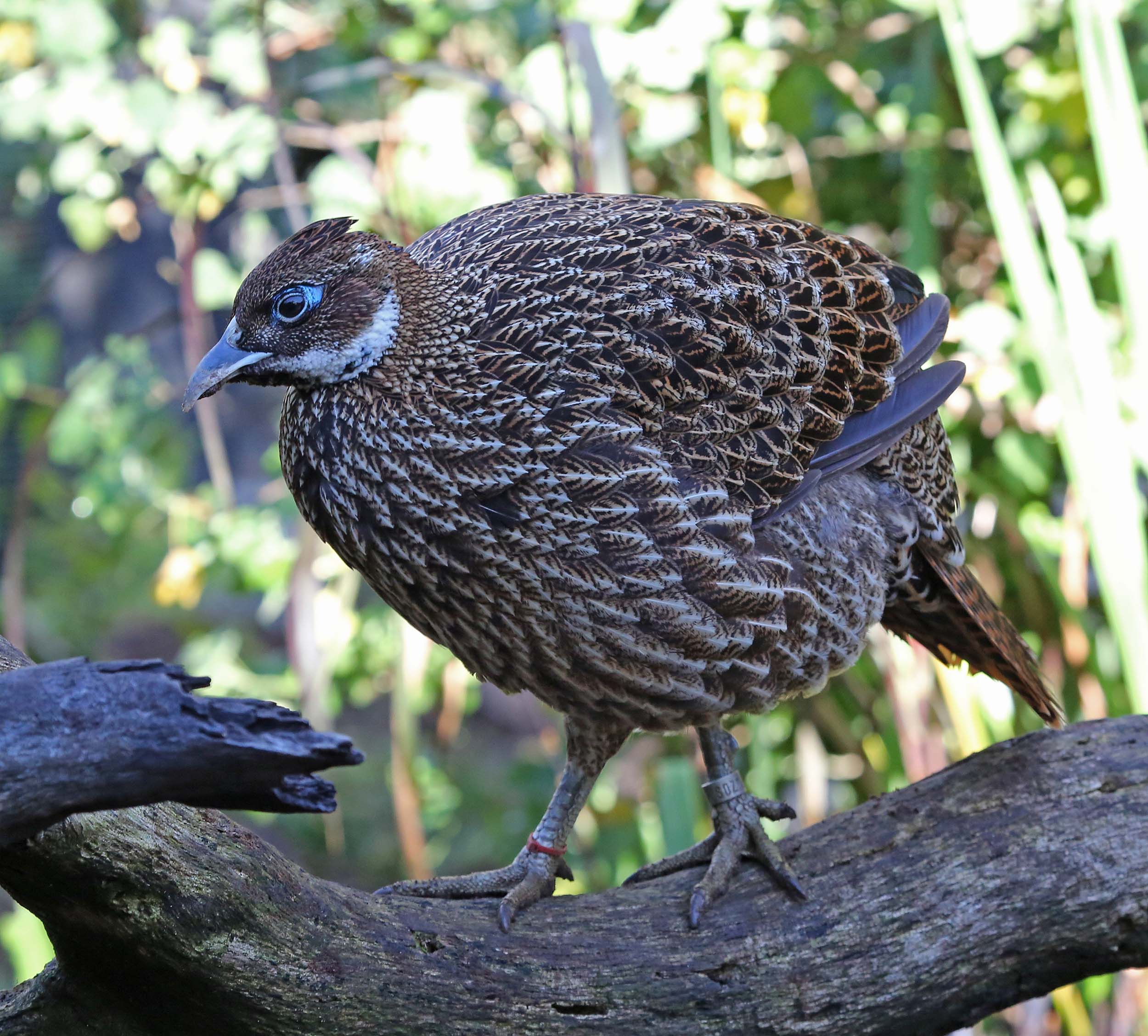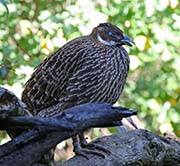

Among Nepalese citizens, the bird is often referred to as the “Danphe.” ( Dibyendu Ash/CC BY-SA 3.0) This gentle species is the national bird of Nepal and the state bird of Uttarakhand, a state in the northern part of India.

Known for its metallic multicolored iridescent plumage, this large-size mountain pheasant is a feast to birdwatchers’ eyes. Himalayan Monal / Impeyan Pheasant ( Lophophorus impejanus) belongs to Galliformes order and Phasianidae family.The Himalayan monal is one of nature’s stunningly beautiful birds. The species prefers alpine and sub-alpine areas in steep grassy and open rocky slopes and the adjacent forest during summer and descends to lower altitudes in rhododendron forest during winter, especially in times of heavy snow fall. The species is reported to be polygamous males can be seen with more than one female. The bird is usually quite shy and flushes at a considerable distance. When flushed, the birds take to wing emitting a loud call sounding like pi-pi-pi. It digs for tubers with powerful bill, often remaining in one spot for half an hour or more. A dozen of cocks can be seen digging under the trees and open lands in the early morning. Terrestrial insects and tubers forms are the chief food. The bird is usually seen digging for tubers and roots, which seem to form their main diet in addition to grass roots and seeds, berries, mosses, insects and grubs. Eggs are laid in rudimentary nests on ground during May-June, generally under boulders and are 4-6 (sometime 2-3) in number. Incubation period is 28 days (but some time 26-29 days). The nest is a simple scrape, often under the shelter of a bush, a rock, or in the hole of some large tree. Himalayan Monal is native to Pakistan, India, Nepal, Bhutan, China and Myanmar. In Nepal it is fairly common widespread resident subject to vertical movements between from 3300-4750m in summer and down to 2500m in winter. This bird is reported from all Himalayan protected areas: Makalu Barun, Sagarmatha, Langtang, Shey Phoksundo, Khaptad and Rara National Parks Dhorpatan Hunting Reserve Kanchenjungha, Gaurishankar, Manaslu, Annapurna and Api Nampa Conservation Areas. The main threats to the species arise from hunting and trapping for local consumption especially during winter, when the bird descends to lower altitudes, closer to human habitations. Hunting and trapping by shepherds and poachers during and after monsoon cannot be ignored. The world population is unknown but the Nepal population is estimated between 35 individuals. The bird is Least Concern (LC) according to IUCN Global Red list category but the regional IUCN status is Near Threatened (NT) for Nepal. The legal status of this species in Nepal is Protected (Appendix I) under the National Parks and Wildlife Conservation Act 1973 and Appendix I in CITES law.įor more Information:- Inskipp et al. 2016.M/S of Mrs Wayre standing at a pond in a field at the Ornamental Pheasant Trust in Great Witchingham, Norfolk, throwing bread into the water, panning right to show numerous ducks swimming in the pond C/U of some ducks then M/S of ducks and swans on the water and Mrs W by the pond. Luckily for us cataloguers, commentator says "For those who like to be specific, the ducks are either Mandarin or Barrow's Golden Eye, while the swans are fine Australian specimens" M/S and nice C/U of a lovely black swan eating bread and gliding along. M/S of a man preparing food on a wooden box table C/U of the food it looks like he is chopping meat which he puts in an oblong feeding tray, he adds some grapes and carries the three trays towards the pheasant enclosure. C/U of a Himalayan Monal pheasant walking about beautiful colours of red-gold and green-black with a little topknot on its head. M/S of Mrs W getting into a large cage she holds a pine branch towards a Golden Pheasant C/U as she kneels down and tries to coax the bird towards her - the bird flutters and pecks sharply at her arm! (Youch! as Pete Smith would say.) M/Ss of a Silver Pheasant walking about with two female pheasants nice C/Us as he flutters his wings.

M/S and C/Us of a Reeve Pheasant, "like the others, also from China" says the commentator - beautiful colouring in his golden feathers outlined in black.


 0 kommentar(er)
0 kommentar(er)
